Posted by Maris on 20th Sep 2023
10 Fantastic Traditions That Make Scotland So Great
We are going to share some of the best rituals and traditions from Scotland with you today because it has such a rich cultural history. There are many distinctive Scottish traditions to learn about and participate in throughout the vast and diverse country, whether you’re visiting the captivating capital of Edinburgh or the wild and beautiful Highlands.
1. Highland Games
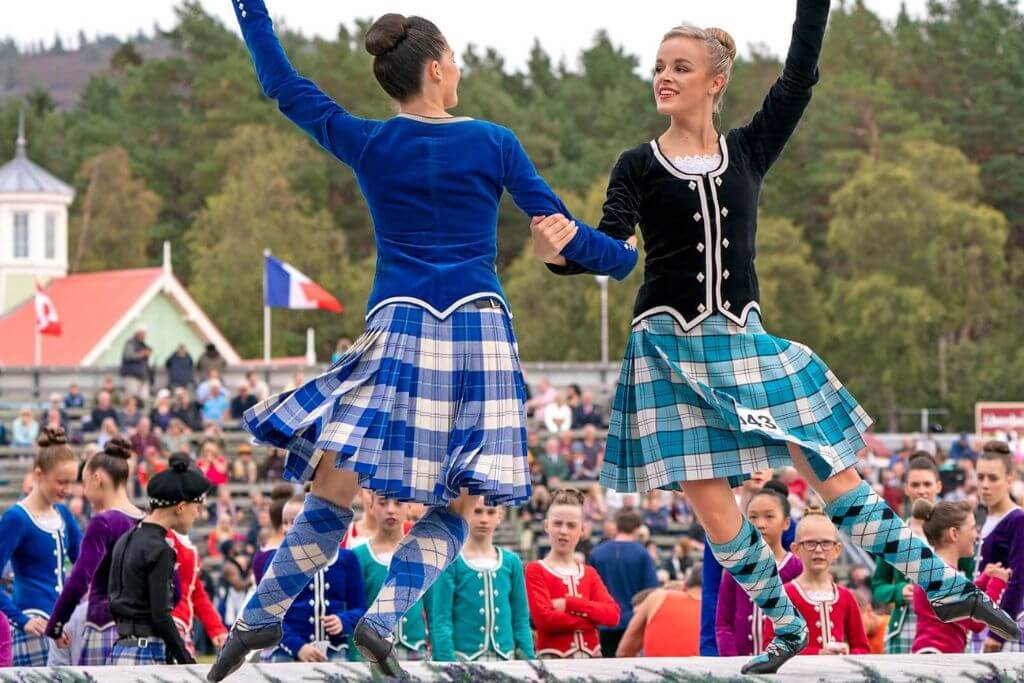
The Highland Games are one of Scotland’s most cherished athletic traditions. Watch contestants put their muscles to the test while donning their national attire, the Scottish kilt, at over 80 different competitions across the nation between May and September. The games are a spectacle unlike any other, ranging from physically demanding competitions like the hammer throw, tug of war, and caber toss to hill runs and haggis tossing.
There is frequently a pipe band that marches in unison while playing beloved Scottish songs, and occasionally there will be solo piping competitions and spectacular performances by Highland dancers, including the Highland fling. These gatherings are a great way to meet welcoming locals and experience the culture, and frequently there are vendors selling food, drinks, and crafts as well. Read our blog if you’re interested in learning more about the Highland games in Scotland.
2. Traditional tartan kilt of Scotland
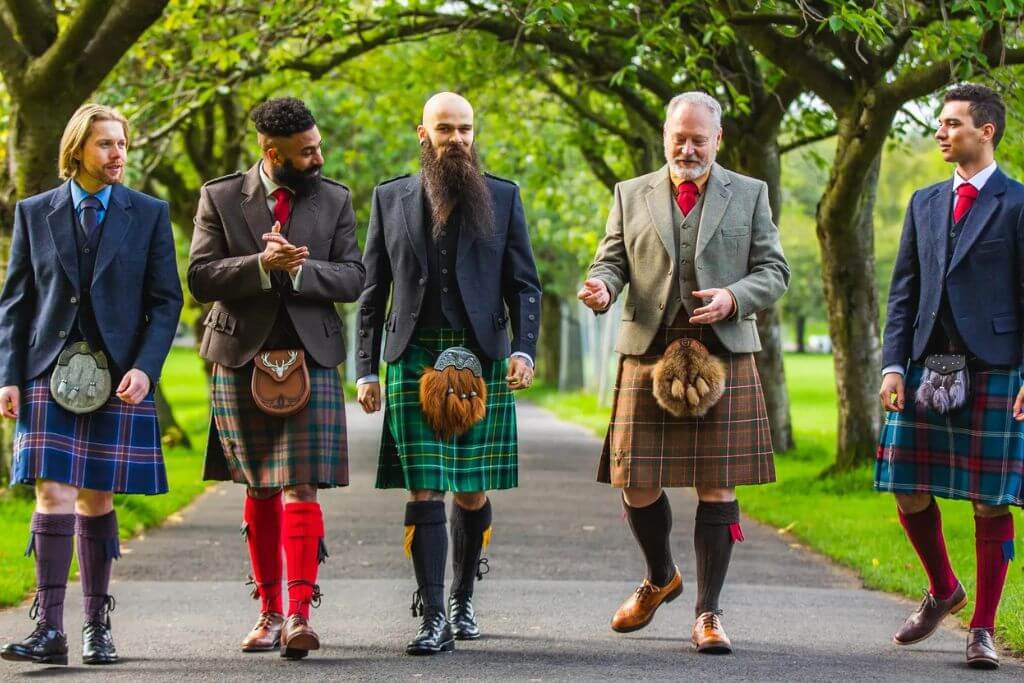
Scottish kilts—also known as “The National Clothing of Scotland”—have a long history and are a revered representation of loyalty and honor for a real Scotsman. Kilts are worn around the waist with a sporran and are constructed of 100% wool tartan. This is a tiny leather bag that hangs over the front of the kilt and is typically used to carry cash or a hip flask.
They are occasionally manufactured from animal fur and can feature unusual designs. On the right side, where the kilt opens, a kilt pin is worn, and a sgian-dubh, a little dagger, rests in the sock. The costume is made up of numerous components and may vary based on the occasion and time of day.
3. Scottish music and bagpipes
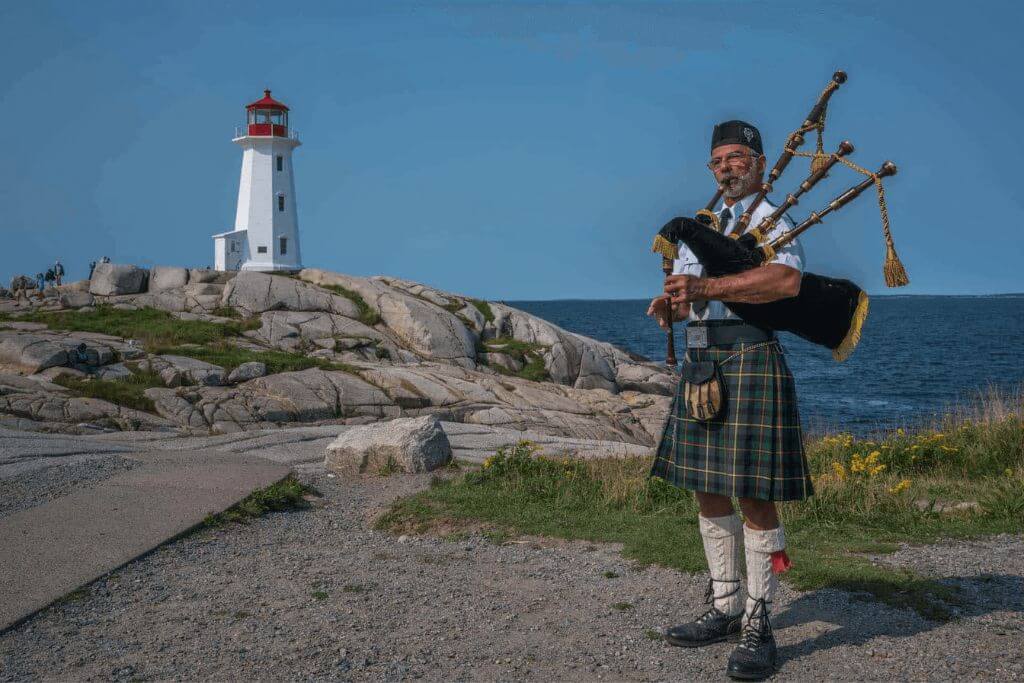
Without experiencing the distinctive sound of traditional Scottish music and, of course, the piper, Scotland would not be complete. Even though the Great Highland Bagpipe originated in the Middle East, it traveled to and developed in Europe, where the Scottish people have long since made it an amazing element of their culture by maintaining the pipes as a part of their musical legacy.
The bag of the bagpipes is typically constructed of animal skin, most frequently sheep. The musician then blows air into this, pressing it with their arm to force air through three pipes that protrude from the instrument’s top. This produces the pipes’ distinctive sound, which makes them easily recognizable as Scottish pipes.
The unusual, continuous sound that is produced by the fourth pipe, which has nine holes for chord and pitch changes, evokes thrilling feelings and can be heard from a great distance. The pipes can be played alone, in pipe bands, and in military pipe bands, all of which are common in Scotland’s rural regions.
4. Christmas in Scotland
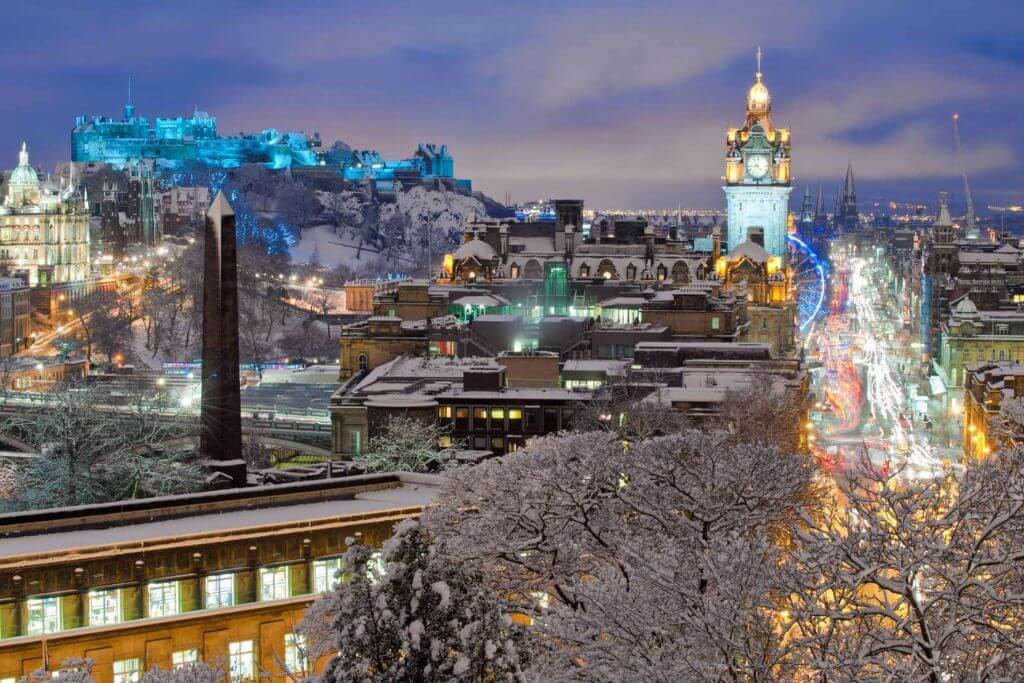
Scotland may be a lovely place to spend Christmas, especially if you are fortunate enough to visit during a snowfall. Whether you choose to stay by the shore, in the hills, or by a loch, our Christmas cottages are dispersed throughout Scotland and provide the ideal base for various winter activities. If you live close to Edinburgh or Glasgow, you may visit their Christmas markets in the heart of the cities to sample ice skating, warm waffles, and German sausages.
Also, there are other art and craft booths there where you may do some holiday shopping. There are Christmas trees in the town squares and Christmas lights strung throughout the minor towns and villages. Christmas Eve activities with carol singing or Santa visits are held in several localities. There will be holiday cheer and Christmas music playing everywhere throughout Scotland!
5. Scotland’s Hogmanay
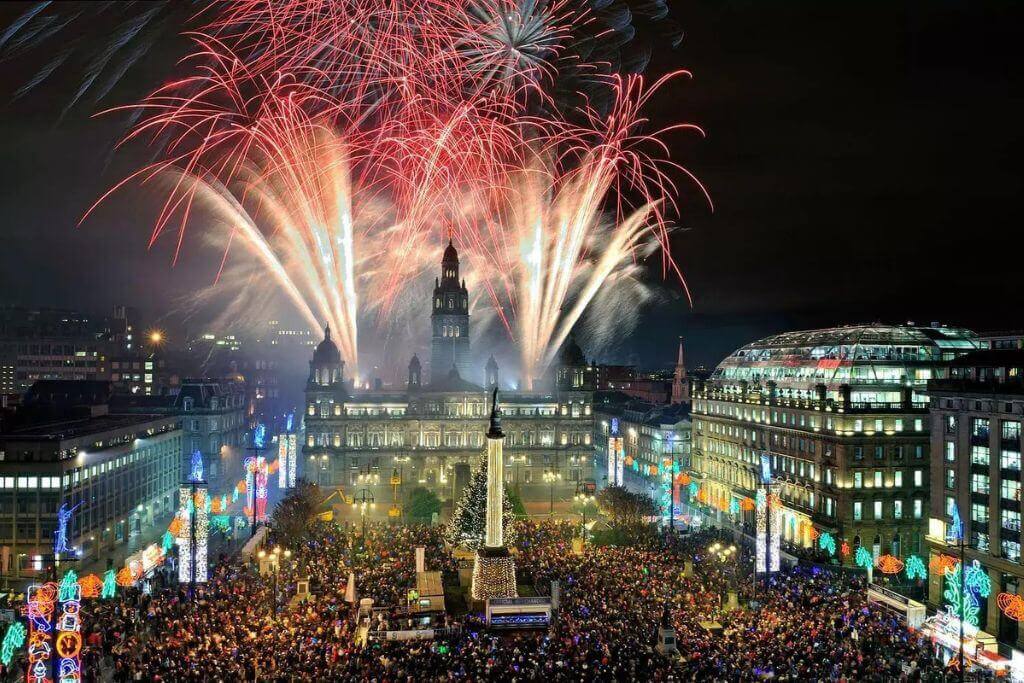
Hogmanay, which takes place on New Year’s Eve, is a significant event in the Scottish calendar. Although many of the older Hogmanay customs are no longer practiced, some of the most unusual ones have been passed down through the years and are still observed at the current celebrations.
As soon as the clock strikes midnight, bells are rung, and beverages are served as part of the major Hogmanay custom of celebrating with friends and family. There are street celebrations in many towns and villages where people gather and celebrate by lighting off fireworks. As soon as the clock strikes midnight, it’s customary for everyone to stand in a circle, cross their arms, and clasp hands while singing Robert Burns’ “Auld Lang Syne” from each side.
It’s common practice to hand around a quaich of whisky as everyone raises a glass in a toast to a prosperous new year. A greeting beverage served at clan reunions for centuries, the quaich is Scotland’s symbol of friendship. Some individuals still use them today. The New Year is being ushered in with everyone in excellent spirits. If you’re very fortunate, you might be able to attend a Scottish Ceilidh where a fiddle band will play tunes like “The Dashing White Soldier” and “The Duke of Perth,” and you’ll dance merrily for hours on end!
6. The Kirkwall Ba’
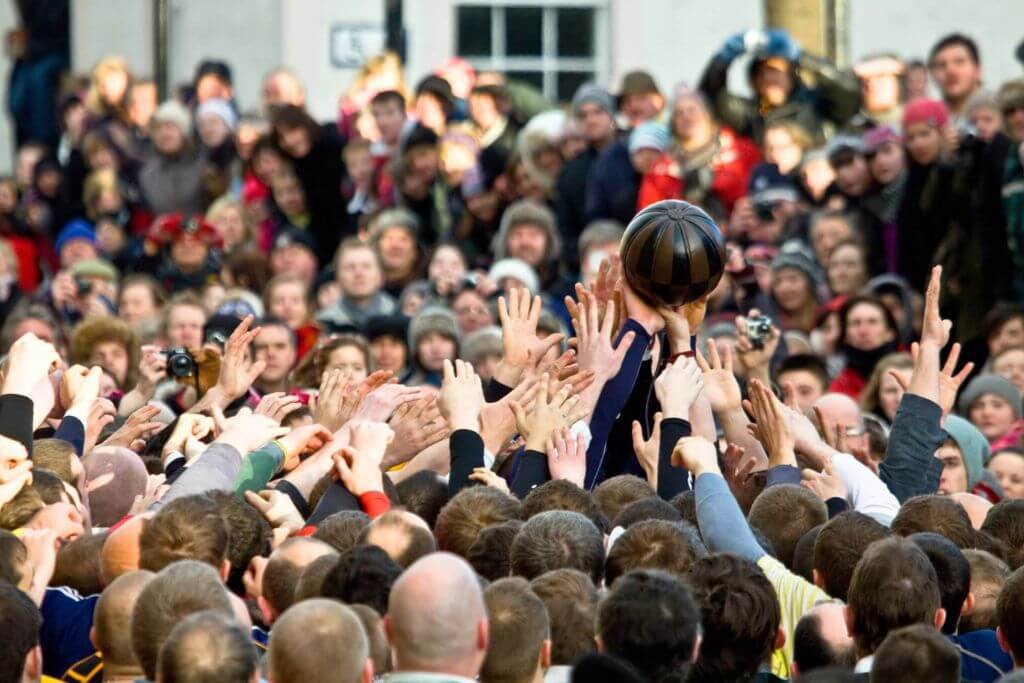
A large-scale football game is played in the streets of the town of Kirkwall at 1 pm on Christmas and New Year’s Day. The ba’, a leather ball filled with corks, is used to play this rough and somewhat chaotic game.
The men and boys of Kirkwall were formerly divided into two opposing teams, the “Uppies” and the “Doonies,” depending on where they were born; those born to the north of the cathedral belonged to the “Doonies,” while those born to the south belonged to the “Uppies.”
Nowadays, players’ allegiance to their fathers and great-grandfathers is what counts, regardless of where they currently reside. The goal is for either the “Uppies” to touch the ball on a wall in the south end of town or the “Doonies” to get the ball into the water of Kirkwall Bay, which is to the north. In reality, the entire town of Kirkwall serves as the pitch.
When the aim is attained, the ba’ then turns into the desired trophy and is given to a player who has made a significant contribution throughout time.
7. On Burns Night, we honor the renowned poet Robert Burns
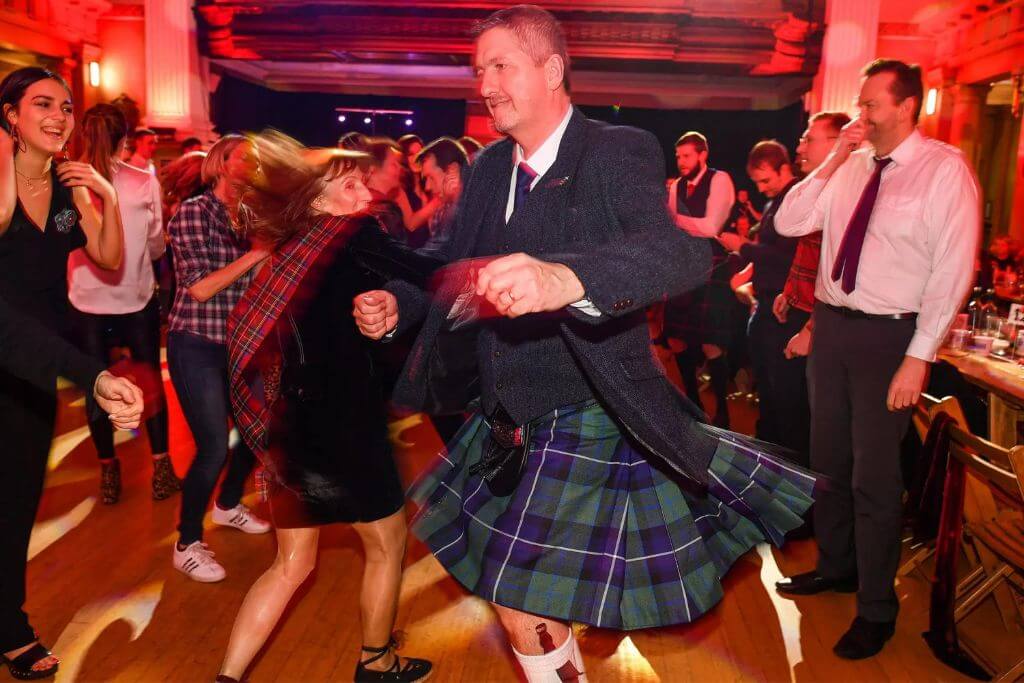
The Scottish bard Robert Burns, the author of numerous well-known Scots poems, is honored each year on January 25th on Burns Night. Every year on the anniversary of his birth, a Burns dinner is held, which is a Scottish custom that dates back to 1801.
Everyone enjoys a hearty meal of haggis, neeps, and tatties, followed by drams of whisky, whether it’s a formal or casual evening. Some of Burns’ poems and songs are recited and tributes are given, generally after the haggis has been piped in by the bagpipes.
Everyone gathers together at the conclusion of the event to sing Auld Lang Syne, one of Burns’ most well-known compositions, which is also customarily sung on New Year’s Eve at midnight. Burns Night is frequently combined with a ceilidh.
8. Edinburgh’s Royal Military Tattoo
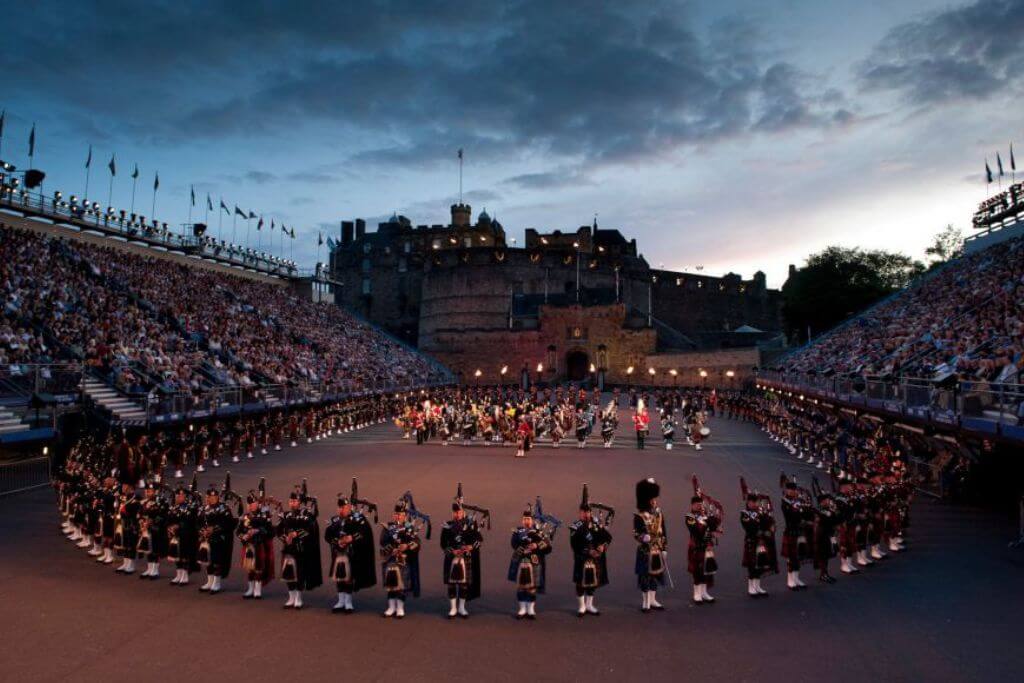
The Royal Edinburgh Military Tattoo is a distinctive and unforgettable festival of song, dance, and military spectacle set against the majestic background of Edinburgh Castle. With origins dating back to 1950, it has evolved into a display of the military prowess of the British troops and their international counterparts, drawing audiences of roughly 220,000 spectators in person and about 100 million viewers on television.
One of the most recognizable events on the festival calendar, it features breathtaking highland dance performances, daring motorcycle stunts, and the mesmerizing sounds of military pipes and drums playing the rousing fight songs of Scotland’s illustrious regiments. Prepare for a show!
9. Traditional run away to Gretna Green
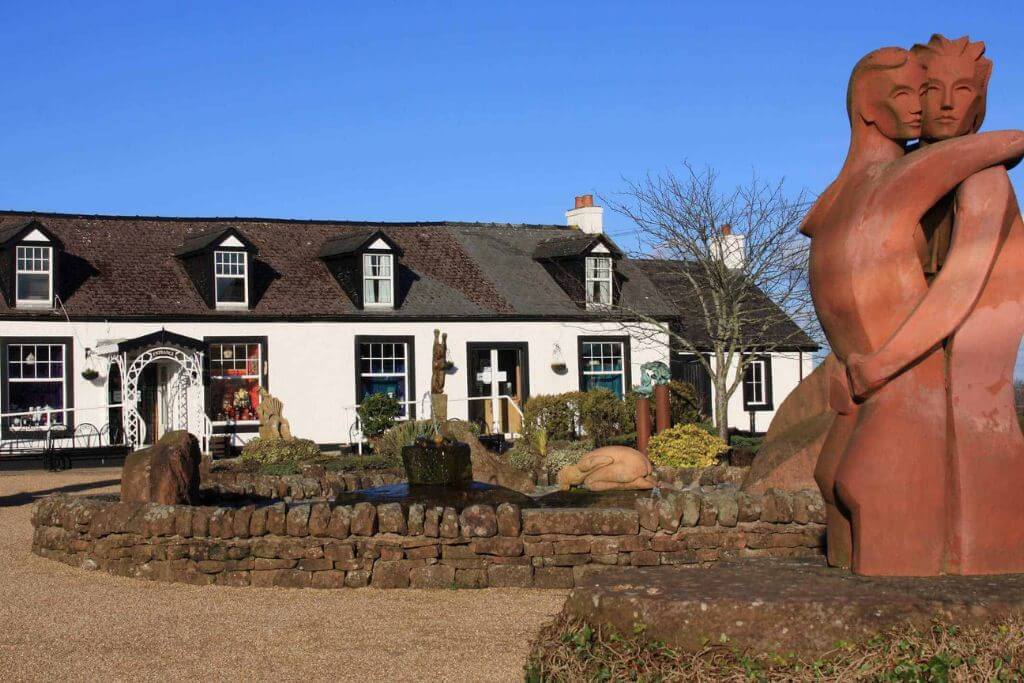
The Scottish village of Gretna Green, one of the nicest sites for couples to visit in Scotland, is one of the most well-known wedding destinations in the world due to its charming wedding customs. The custom of running away to Gretna Green began in 1754 as a result of Lord Hardwicke’s marriage act, which kept Scotland’s legal marriage age at 18 while lowering it to 18 in England and Wales. Gretna Green, the first easily accessible village over the Scottish border where boys may get married at 14 and girls at 12, with or without parental authorization, became a popular destination for couples.
According to Scottish law, “irregular marriages” were permitted, which meant that as long as there were two witnesses present, nearly anyone may perform the marriage ceremony. For nearly 200 years, marriages took place over the now-famous Marriage Anvil at the blacksmith shop in the village, when the blacksmith assumed the position of “Blacksmith Priest.”
The sound, audible throughout the hamlet, would indicate that the pair had been joined in marriage when the blacksmith struck the anvil, his tool of trade, to seal the union. According to mythology, touching this anvil will bring good fortune in matters of the heart. It has become the unmistakable representation of romance.
10. Loch Ness Monster, a cryptic creature
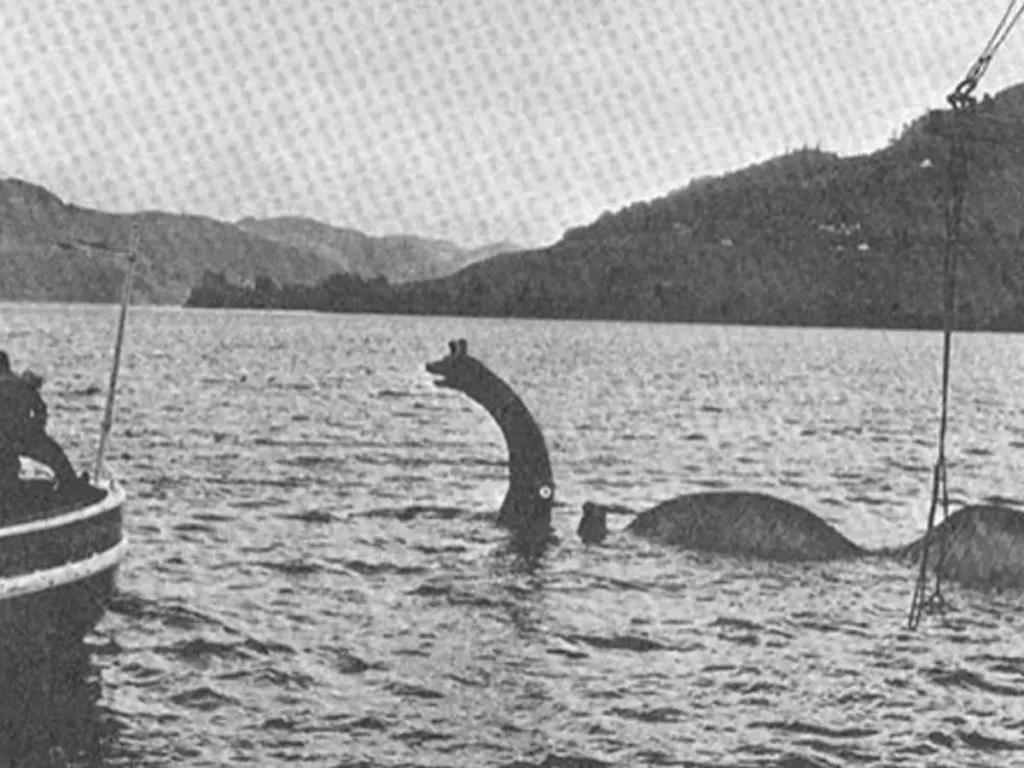
For years, the Highlands’ eerie Loch Ness has served as a draw for tourists thanks to the Loch Ness monster mythology. The infamous mystery of Nessie continues to this day, with more than 1,000 eyewitness testimonies dating back to AD 565 and a wealth of inexplicable evidence. This gigantic creature is supposed to have a snake-like head and a long, slender body with one or more humps sticking out of the water. She is, however, bashful, so you have to act quickly to take a photo before she quickly vanishes into the loch’s depths.
There are numerous boat trips offered, so if you’re staying in one of our vacation rentals in Scotland, make sure to honor the custom of visiting Lake Ness and see if you can get a selfie with Nessie.

